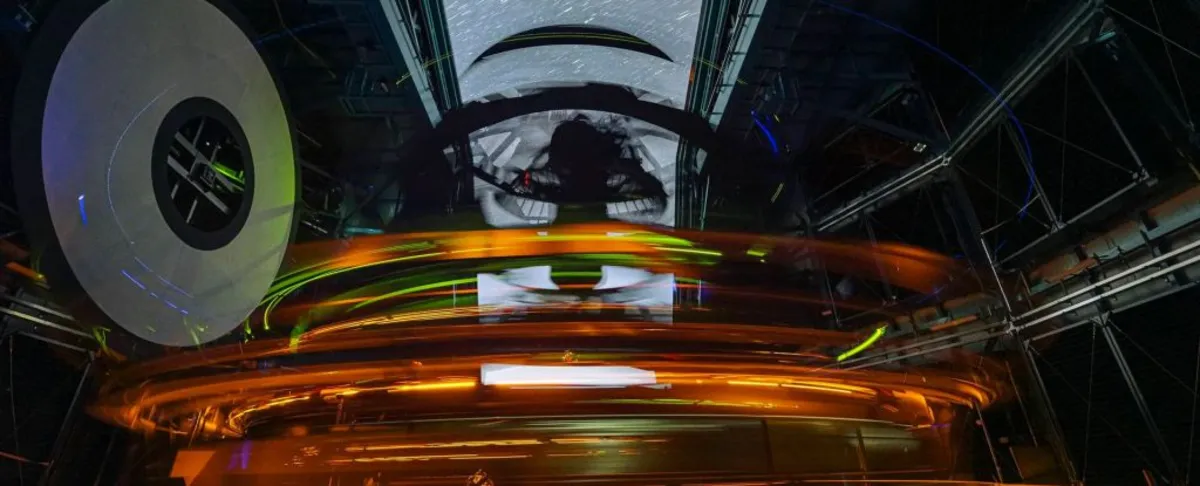
After more than 20 years in development, the highly anticipated Vera C. Rubin Observatory in Chile is set to unveil its first astronomical images. This groundbreaking facility is home to the largest digital camera ever constructed by humans, further pushing the boundaries of modern astronomy. Mark your calendars for June 23, 2025, at 15:00 UTC (11:00 EDT), when the US National Science Foundation and the Department of Energy will reveal the telescope's inaugural observations. This momentous event will signal the beginning of a new era in sky exploration.
To enhance the excitement, live watch parties will take place globally, and the entire event will be livestreamed on YouTube. This means astronomy enthusiasts everywhere can participate in this historic occasion.
The Vera C. Rubin Observatory was initially proposed in 2001, and it is poised to make significant contributions to our understanding of the universe. The observatory's telescope will conduct a comprehensive 10-year survey of the southern sky, known as the Legacy Survey of Space and Time (LSST). This survey will explore near-ultraviolet, optical, and near-infrared wavelengths, effectively creating a vast time-lapse of the universe by capturing images of the entire sky every few days.
The observatory's 3,200-megapixel camera will record each portion of the sky approximately 800 times. In just 24 hours, the Rubin Observatory is expected to generate around 20 terabytes of data. Over the course of the LSST, it is projected to collect a staggering 60 petabytes of raw image data, which is roughly double the data amassed by the Murchison Widefield Array during the same timeframe. Such immense data production necessitates cutting-edge capabilities for data transfer, processing, and storage.
Needless to say, astronomers are incredibly enthusiastic about the potential findings from the Vera C. Rubin Observatory. They anticipate that this powerful telescope will reveal unprecedented insights into the universe, potentially answering questions that humanity has yet to consider. The unique combination of speed, a wide field of view, and a highly sensitive camera allows the observatory to expand the limits of what a telescope can achieve.
The NSF and DOE emphasize that no other telescope has had the capability to detect both real-time changes in the sky and faint or distant objects simultaneously on such a vast scale. This extraordinary functionality means that exceedingly rare astronomical events, which have never been observed before, will likely be captured for the first time. The excitement surrounding the Vera C. Rubin Observatory is palpable, and the astronomical community eagerly awaits the groundbreaking discoveries that lie ahead.